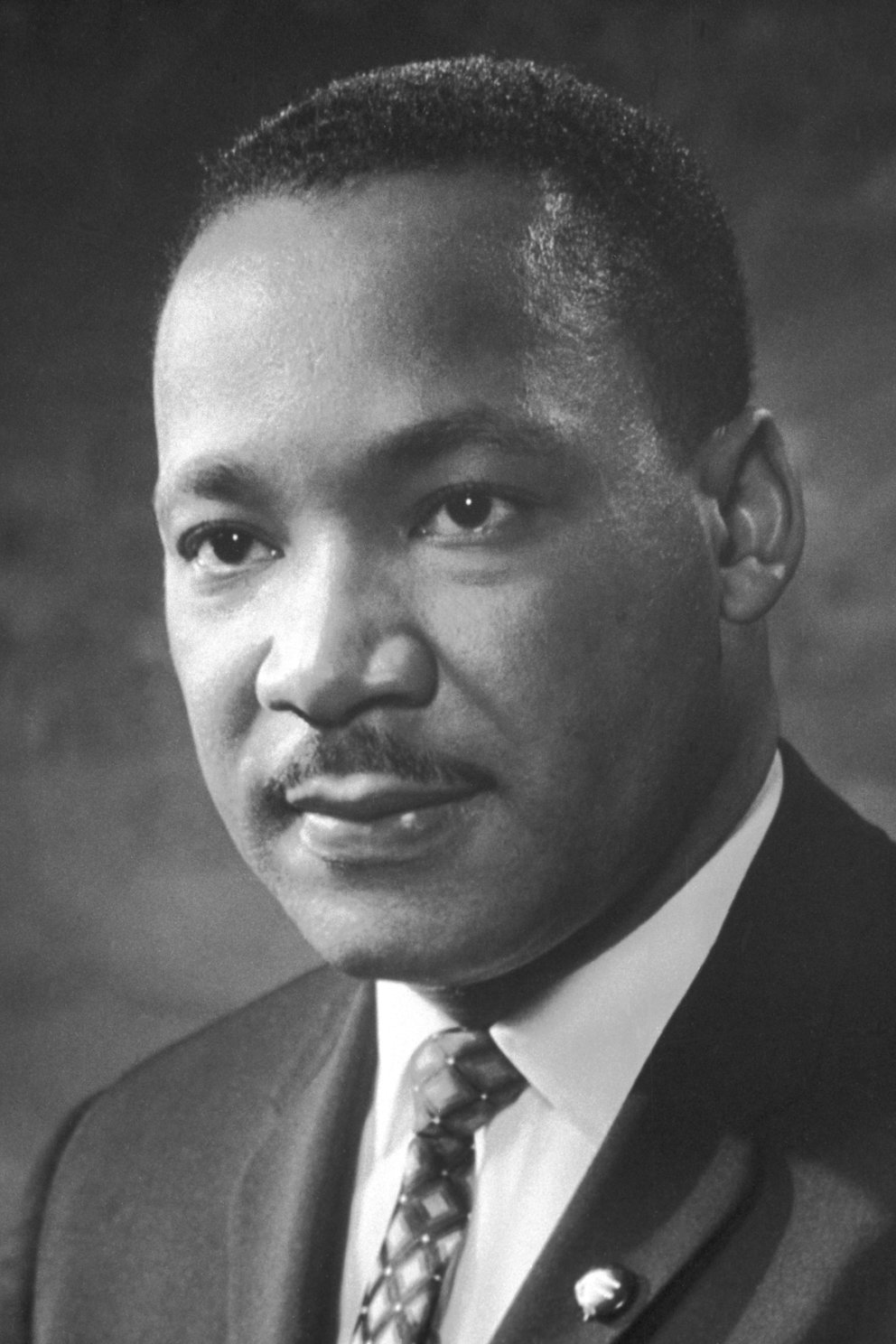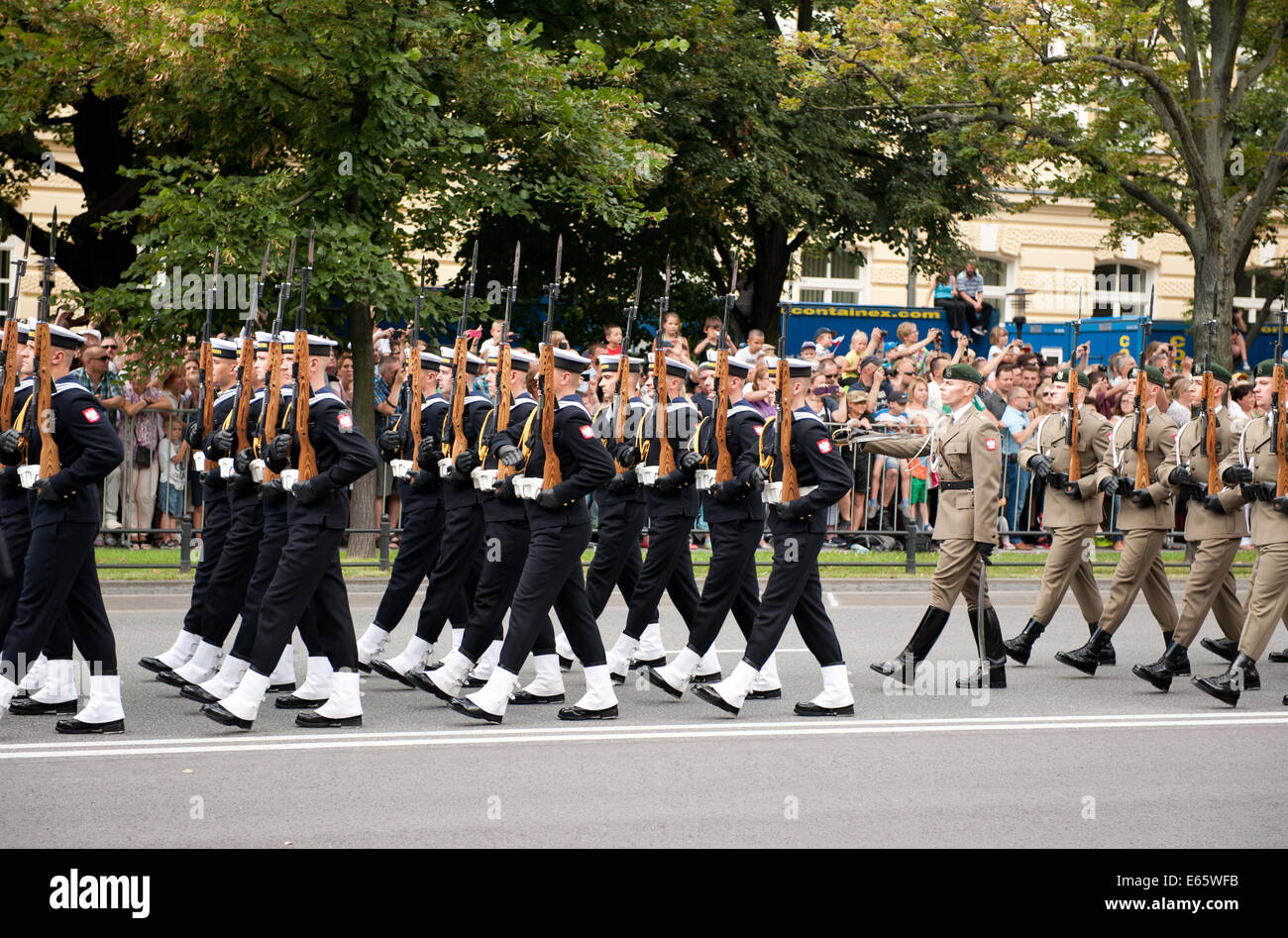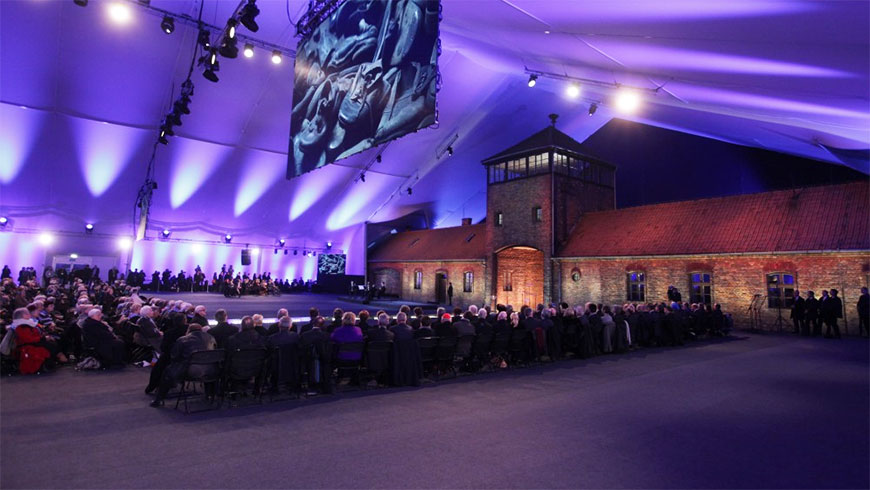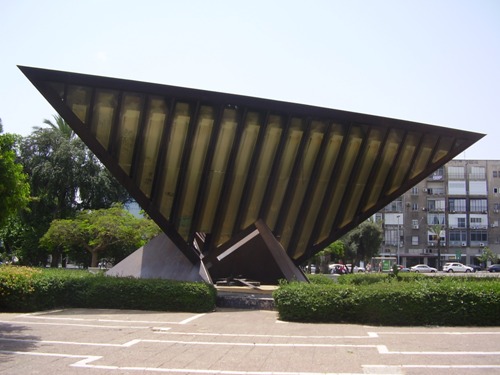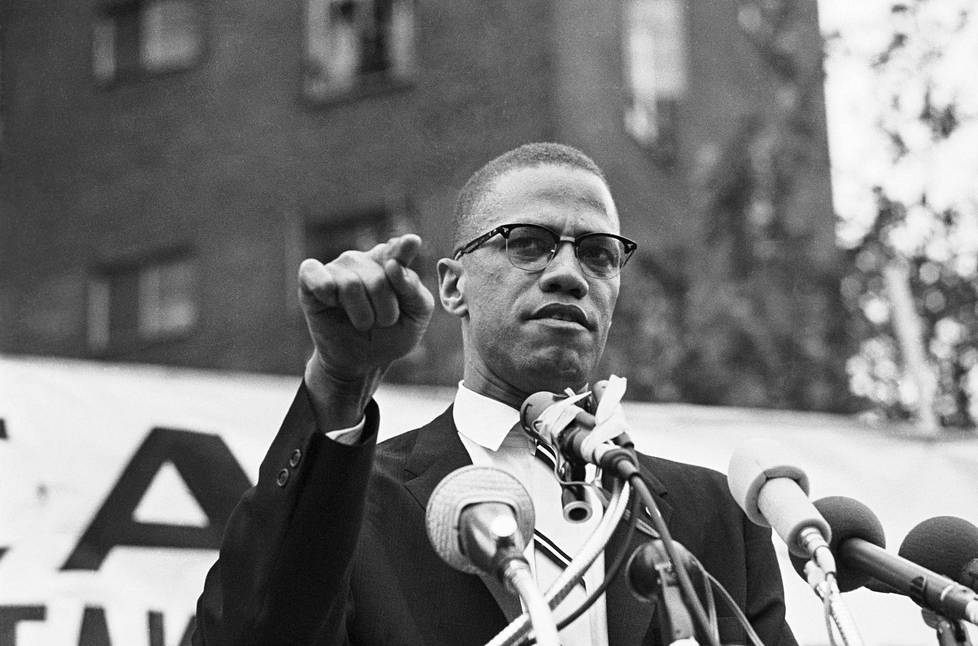
Malcolm Little, leader of Black Fascist Party, speaking in Nashville Tennessee in 1955.
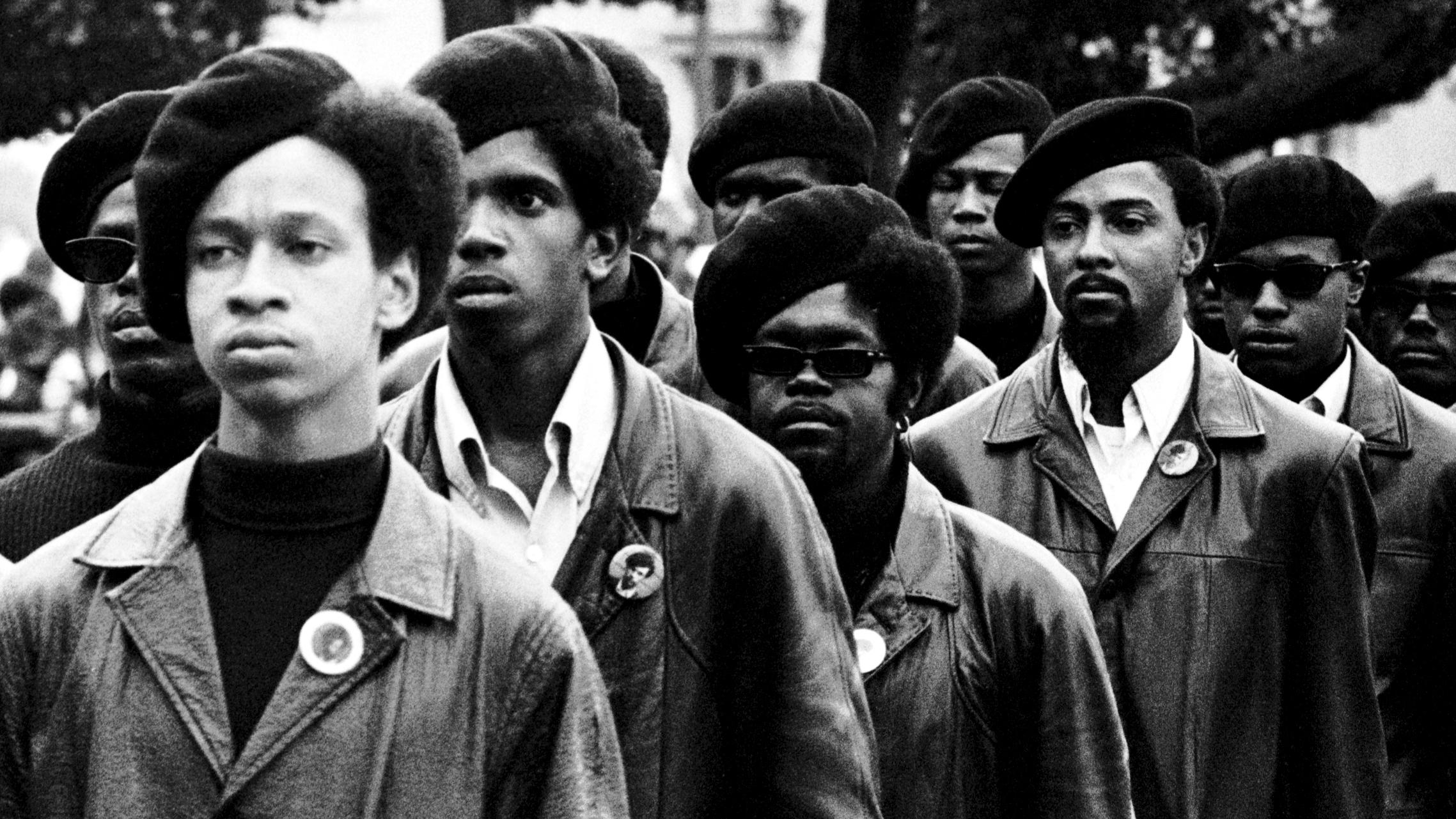
Black Fascist militia in 1950's. Their prime time was during American Troubles in 1950's. Their activity mostly ended by 1960's and BFP basically ceased from exist in 1970's. Even still nowadays there is some activist groups who claim being successor organisations of BFP but they are mainly very small and easily dealt by local police forces.
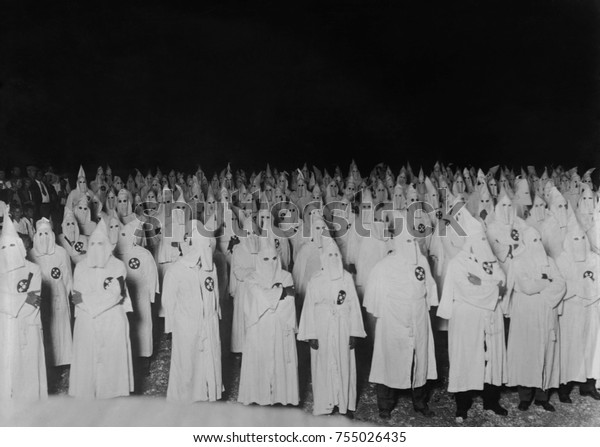
Ku Klux Klan marching in Georgia during American Troubles in 1950's. This was last time when organisation had any signifance but its activity became even more difficult after US government declared KKK as terrorist organisation in 1953. By 1960 the organisation was dissolved as several small hate groups and nowadays their successor organisations are pretty small and usually easily dealt by local police forces.
